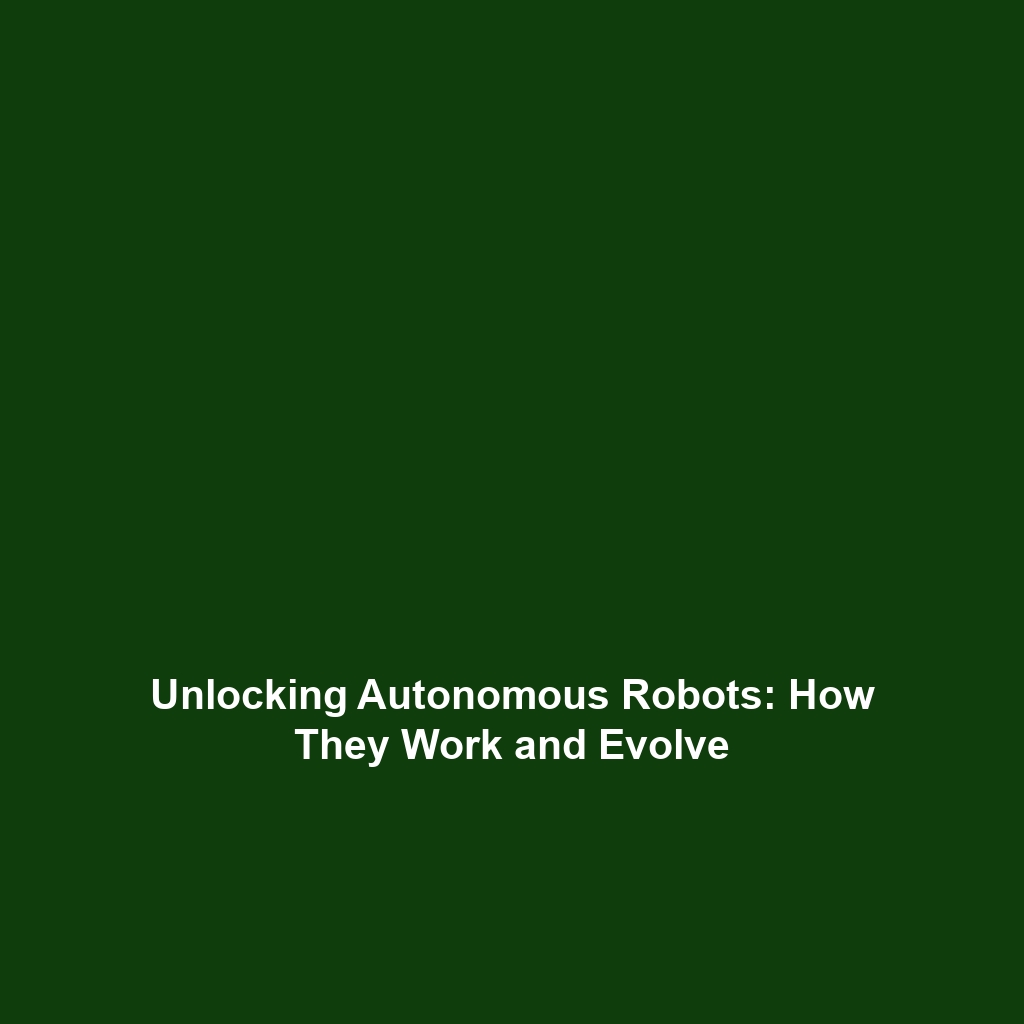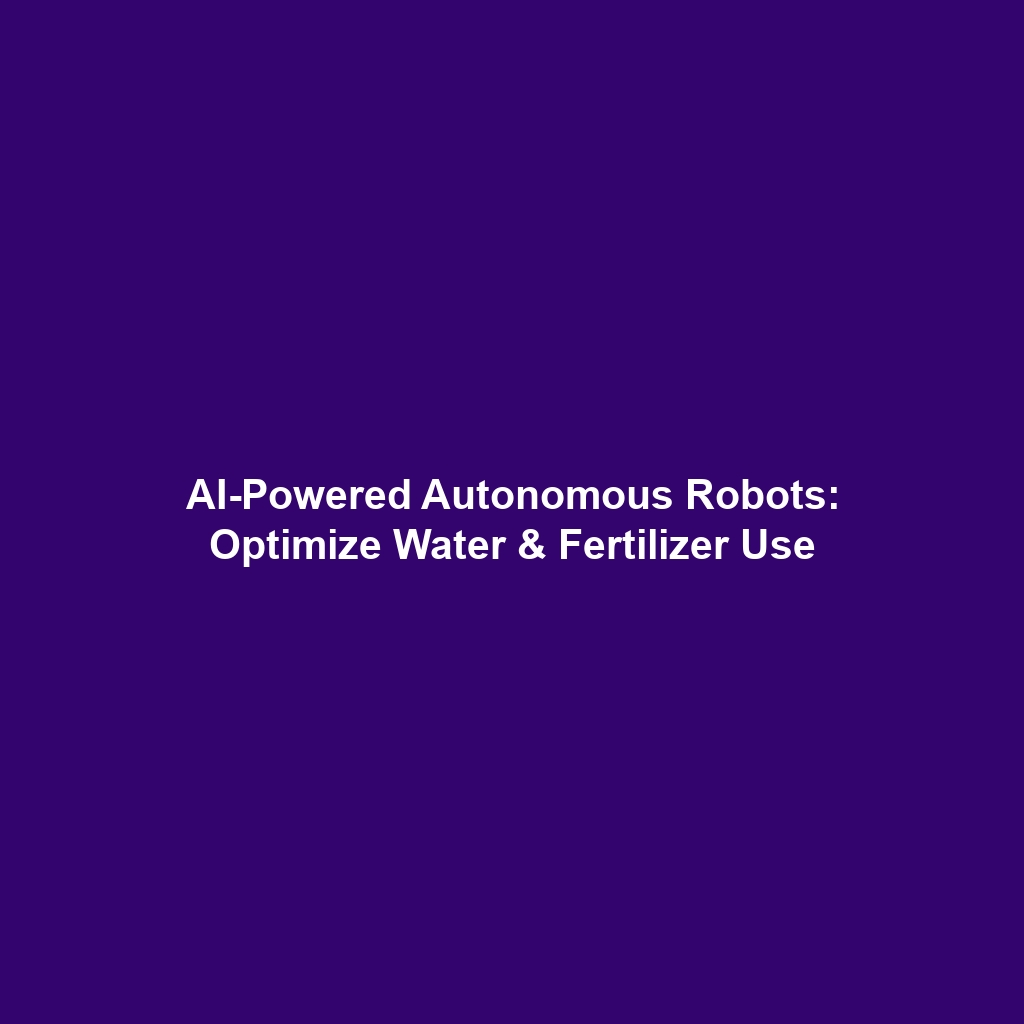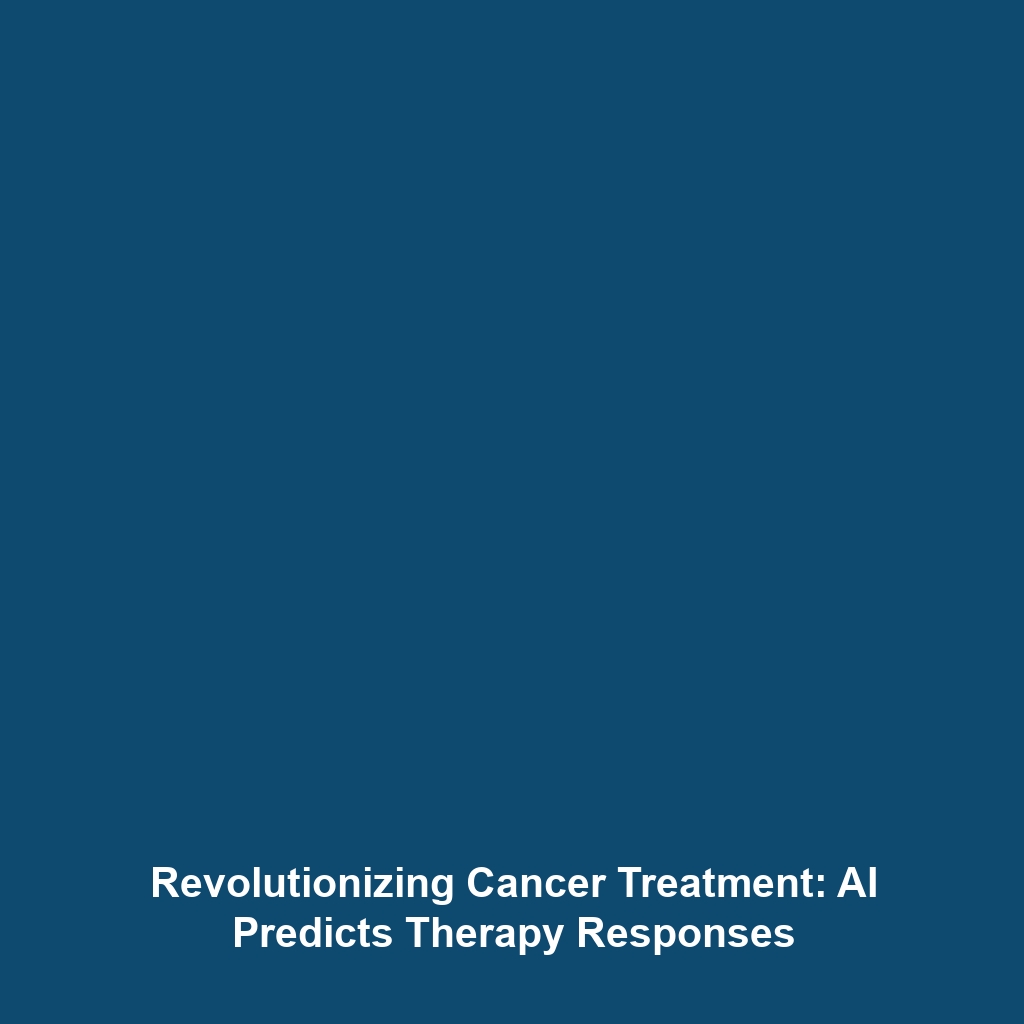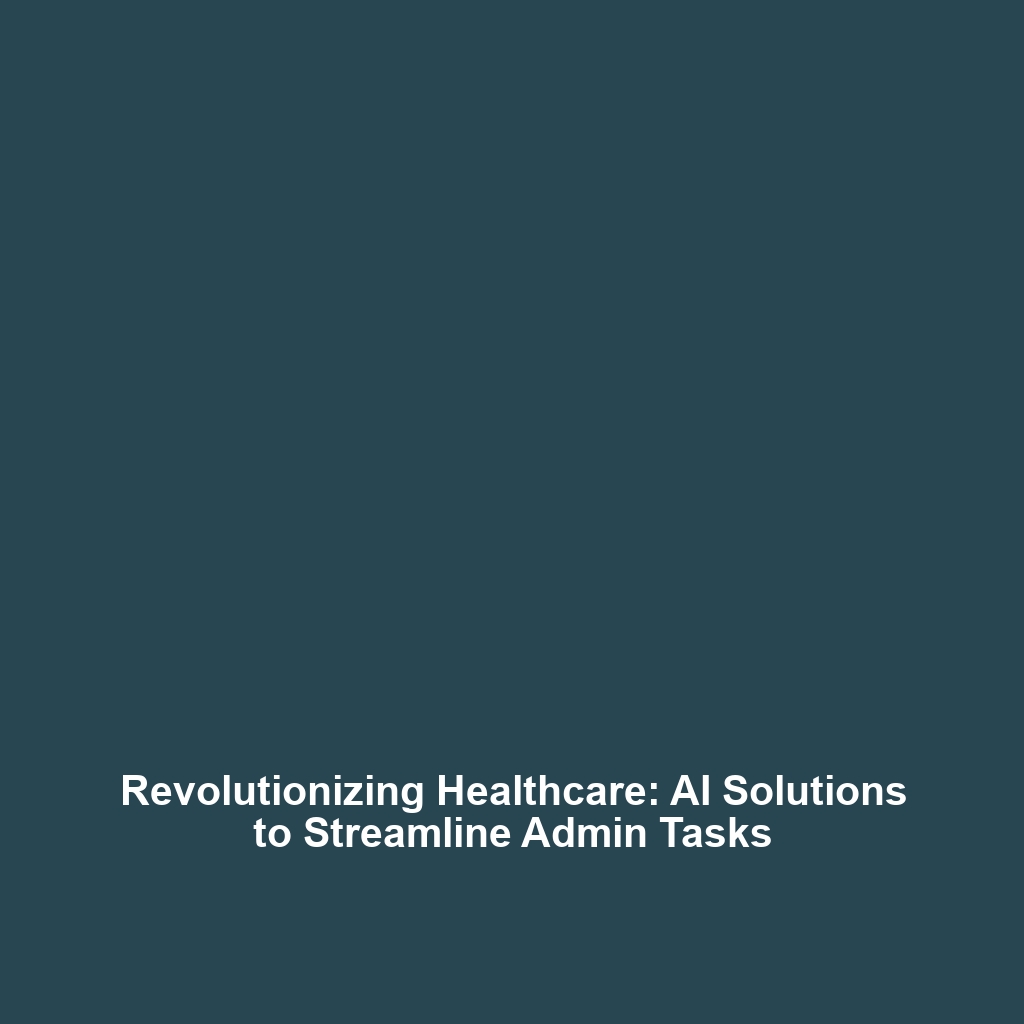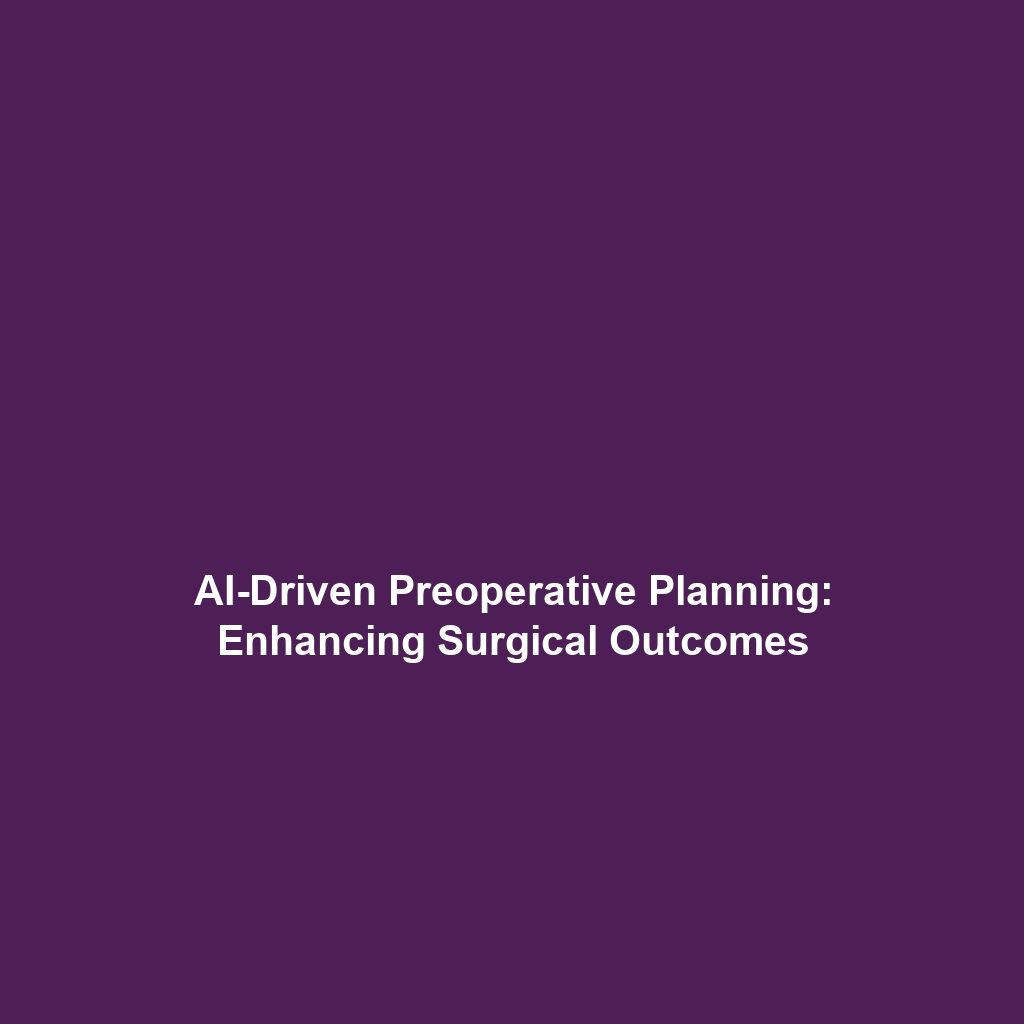How Autonomous Robots Work: The Technology Behind Autonomous Systems
Introduction
In today’s fast-paced technological landscape, understanding how autonomous robots work is essential. These advanced machines leverage sophisticated algorithms, sensors, and artificial intelligence to operate independently, without human intervention. The significance of autonomous systems extends across various industries, revolutionizing fields such as manufacturing, healthcare, and transportation. This article delves into the technology behind autonomous robots, highlighting their operational principles, applications, current challenges, and potential future innovations.
Key Concepts
To grasp how autonomous robots work, it is crucial to understand the foundational concepts that govern their operations:
-
Artificial Intelligence (AI)
AI enables autonomous robots to learn from their environment, make decisions, and improve over time, making them adaptable to varying conditions.
-
Sensors and Perception
Autonomous systems utilize an array of sensors, including cameras, lidar, and ultrasonic devices, to perceive their surroundings and respond accordingly.
-
Navigation and Localization
Techniques such as simultaneous localization and mapping (SLAM) help robots understand their position in an environment, allowing for efficient navigation.
-
Control Systems
Control algorithms ensure that autonomous robots can execute tasks reliably, maintain stability, and respond to changes in real-time.
Applications and Real-World Uses
The applications of how autonomous robots work are vast, showcasing their integral role within the category of autonomous robots. Here are some prominent examples:
- In manufacturing, robots automate assembly lines, enhancing productivity and minimizing errors.
- Healthcare benefits from robots that assist in surgeries, deliver medications, and provide patient monitoring.
- Logistics employs autonomous vehicles for warehouse management and last-mile delivery, optimizing supply chains.
Current Challenges
While the technology behind autonomous robots has advanced significantly, several challenges persist:
- Challenges of Sensor Reliability: Adverse weather conditions can impede sensor functionality.
- Issues in Decision-Making: Autonomous robots may struggle with ethical dilemmas or unpredictable scenarios.
- Cost and Accessibility: High development and deployment costs limit widespread access to autonomous technology.
- Regulation and Safety: Navigating regulations related to safety and privacy remains complex and varies by region.
Future Research and Innovations
The landscape of how autonomous robots work is poised for exciting advancements. Ongoing research is focusing on:
- Next-Gen AI: Improving the algorithms that power learning and decision-making in robots.
- Swarm Robotics: Developing systems where multiple robots collaborate to achieve complex tasks efficiently.
- Enhanced Sensor Technology: Integrating more robust and reliable sensors to improve perception accuracy.
- Human-Robot Collaboration: Creating interfaces that allow seamless interaction between humans and autonomous robots.
Conclusion
Understanding how autonomous robots work and the technology that drives them is vital in today’s automated world. These systems are not only enhancing productivity across industries but are also paving the way for new innovations. As we continue to overcome existing challenges, the future of autonomous robots looks promising. For those interested in further exploring this fascinating subject, consider looking into advancements in robotic AI, sensor technology, and the ethics of autonomous systems.
Learn more about Autonomous Robots
Discover the latest in Robotics Research
